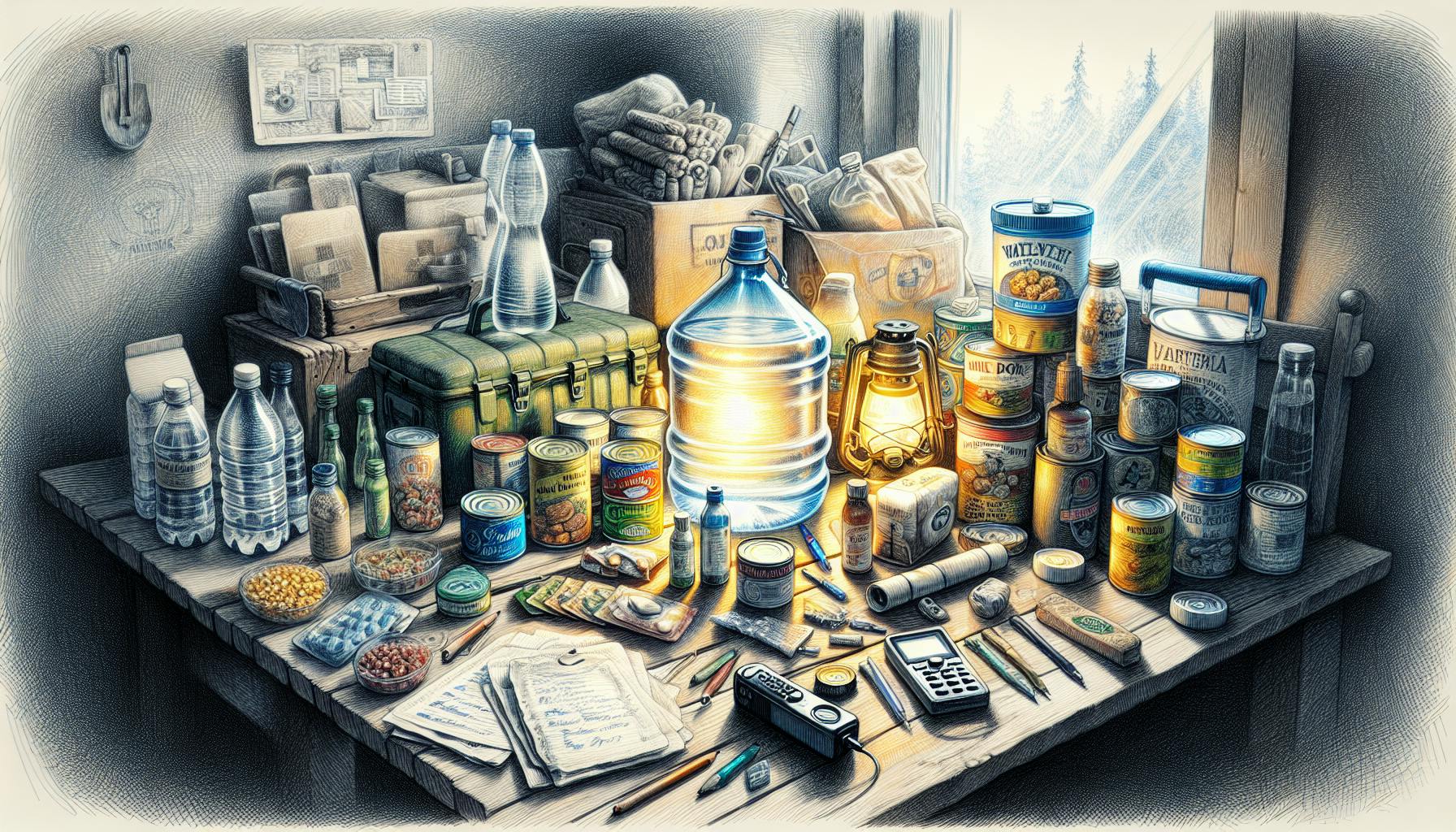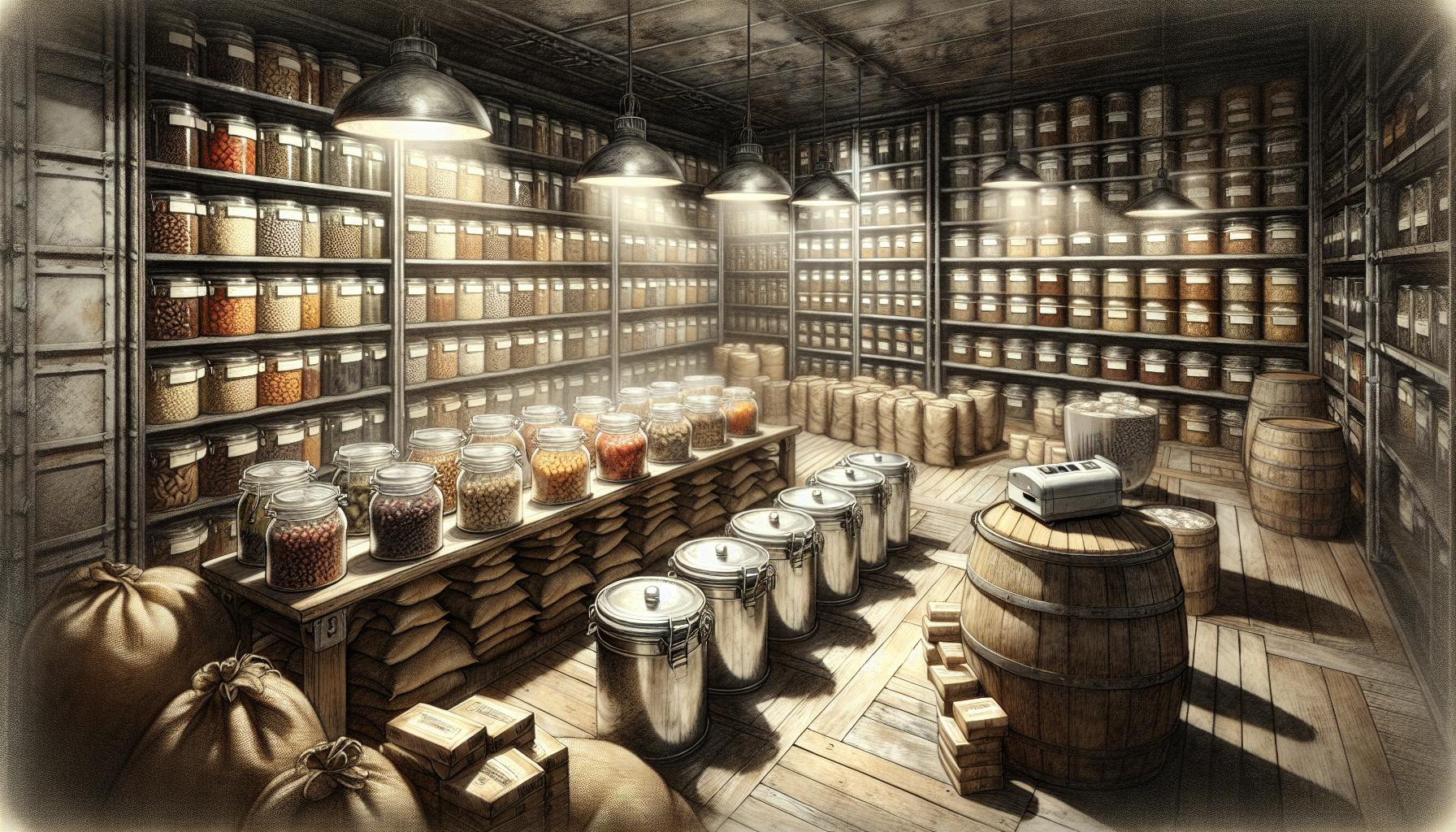Introduction to the Great Depression vs the Silent Depression
The Great Depression was an economic disaster in the 1930s that led to bank failures, massive unemployment, and a dramatic drop in the standard of living. The Silent Depression refers to the economic stagnation and decline in living standards occurring in the 2010s-2020s due to factors like automation, globalization, and income inequality. This article will compare the key causes and impacts of the Great Depression to the ongoing Silent Depression to see what lessons can be learned. Understanding these two eras of economic challenge can provide insights into building a more equitable and resilient economy moving forward.
The Great Depression began with the stock market crash of 1929 and lasted through the 1930s. It was triggered by the bursting of the stock market bubble in 1929 but was worsened by bank failures, the gold standard, and protectionist tariffs. The Silent Depression has unfolded more gradually since the 1970s as a result of automation displacing jobs, stagnant wages, increased income inequality, and the offshoring of manufacturing jobs overseas. While the Great Depression originated in the US financial sector, the Silent Depression has interconnected global origins related to technology transformation and globalization.
New Deal stimulus programs and massive wartime spending helped end the Great Depression, but solutions to the Silent Depression remain complex given its multidimensional causes. Understanding the different root causes of these economic crises provides context for why the recovery processes also differ.
Causes of Each Economic Downturn
The Great Depression was triggered by the 1929 stock market crash and exacerbated by bank failures, the gold standard, and protectionist tariffs. In contrast, the Silent Depression has been driven more gradually by automation replacing jobs, stagnant wages, increased income inequality, and offshoring of manufacturing jobs. While the Great Depression originated in the US financial sector, the Silent Depression has global interconnected origins related to technology transformation and globalization. New Deal programs and stimulus spending helped end the Great Depression, but solutions to the Silent Depression remain more complex given its causes. Understanding the different root causes of these economic crises provides context for why the solutions and recovery processes also differ.
Stock Market Crash
The 1929 stock market crash was a major trigger of the Great Depression, with the Dow Jones dropping 25% in two days. Rampant speculation and buying stocks on margin led to an unsustainable bubble in stock valuations prior to the crash. When the bubble burst, it caused consumers and businesses to pull back spending, further fueling the economic contraction. In contrast, there have been stock market declines during the Silent Depression like the 2008 financial crisis, but not an outlier crash like 1929. The 1929 crash shattered confidence while modern stock declines have been absorbed without the same downward spiral.
Bank Failures
Thousands of bank failures occurred during the Great Depression as panicked depositors withdrew funds from shaky banks. Widespread bank failures wiped out savings and led to a contraction in lending, worsening the economic crisis. The FDIC insurance system created after the Great Depression has helped prevent bank runs, preserving financial stability. However, issues like subprime mortgages, credit default swaps, and risky derivatives did contribute to the 2008 recession as part of the Silent Depression era. The banking system risks have evolved over time, but unstable finances can still accelerate economic declines today.
Globalization and Offshoring
The Great Depression was worsened by protectionist tariffs like the Smoot-Hawley Act that reduced trade. In contrast, the Silent Depression has been impacted by globalization and offshoring of manufacturing and technical jobs overseas. While free trade expands the economic pie, it has contributed to job losses and wage stagnation across the developed world. Managing offshoring and nurturing domestic job creation is a key challenge of the Silent Depression. Globalization brings both benefits like lower costs and risks like concentrated supply chains requiring careful policy responses.
Economic Impact on Jobs, Wages, and Standard of Living
The Great Depression saw unemployment spike to 25% along with a dramatic drop in wages and living standards. Unemployment has not reached those extremes during the Silent Depression, but wage growth has stagnated and automation puts jobs at risk. Both eras experienced growing income inequality as the wealthy prospered while middle and working class communities struggled. The social safety net and welfare programs were inadequate during the Great Depression; they help today but still have gaps. A key lesson is the need for robust policies to nurture job creation and maintain living standards for all during downturns.
Unemployment
Unemployment rose to 25% during the depths of the Great Depression in the 1930s, with huge job losses across industries like manufacturing, construction, and agriculture. Unemployment spiked over 10% during the 2008 financial crisis but has since declined to 3-4% on average. However, the headline unemployment rate masks problems like long-term unemployment and workers leaving the labor force. Automation and globalization put many jobs at risk in developed countries during the Silent Depression. Preserving access to jobs with livable wages is key to avoiding economic suffering.
Stagnant Wages
Wages dropped 60% on average during the Great Depression, devastating consumer purchasing power. During the Silent Depression, wages have largely stagnated for middle and working class workers since the 1970s when adjusted for inflation. Factors like automation, declining unionization, outsourcing, and weaker worker protections have weakened wage growth. Stagnant wages worsen income inequality and make it hard for consumers to drive economic growth. Strong wage growth is needed to sustain robust consumer spending and economic expansion.
Income Inequality
Income inequality surged during the Great Depression as poverty rose and the wealthy still profited. The Silent Depression has also seen income inequality rise to new highs in recent decades. Tax cuts for the rich and regressive policies have concentrated wealth among the top income brackets. Such inequality destabilizes consumer spending and social cohesion, requiring policy responses. Maintaining a thriving middle class is key to both economic and political stability long-term.
Government Policy Responses
New Deal stimulus programs helped lift the U.S. out the Great Depression along with massive war spending in WWII. The policy response to the Silent Depression has been more uneven, with less consensus on causes and solutions. The Great Depression spurred major reforms like Social Security, unemployment insurance, Glass-Steagall, and deposit insurance. Recent decades have seen financial deregulation and cuts to social services that may worsen economic stability. Crafting effective reforms requires political will and may necessitate rethinking traditional economic assumptions.
New Deal Programs
New Deal programs like the Works Progress Administration (WPA), Civilian Conservation Corps (CCC), and Tennessee Valley Authority (TVA) provided jobs and economic relief through public works projects and social programs. Other major policies introduced under the New Deal included Social Security retirement benefits, stronger banking regulations, minimum wage and labor rights. However, concerns about debt and deficits led to scaling back New Deal spending in 1937, extending the Depression. During the Silent Depression, stimulus packages like the 2009 Recovery Act provided some short-term relief but more sustained investment is needed. Economic crises call for robust government stimulus programs to restore growth and opportunity.
Financial Regulation
The Glass-Steagall Act regulated financial speculation and prohibited commercial banks from risky investment banking activities. The FDIC also insured bank deposits against losses after the Great Depression. But in the 1990s-2000s, deregulation like repealing Glass-Steagall allowed the uncontrolled growth of derivatives, credit default swaps, and subprime mortgages. This deregulation contributed to the housing bubble and 2008 global financial crisis during the Silent Depression era. Re-regulating finance and limiting speculation are important for avoiding future economic risks. Prudent financial regulation is a key role of government in stabilizing growth.
Tax Policy
High top income tax rates were maintained after the Great Depression to fund New Deal programs. But top tax rates have been repeatedly slashed during the Silent Depression, from 70% to 37% today. These tax cuts have contributed to soaring income inequality and higher deficits. Raising taxes on the wealthy through measures like a millionaire surtax could help invest in human capital and infrastructure needed for broadly shared growth. Balanced tax policies are vital for maintaining a thriving middle class.
Key Takeaways and Lessons
The Great Depression was triggered suddenly while the Silent Depression emerged gradually over recent decades. Both eras led to immense economic suffering, revealing weaknesses in prevailing economic theories favoring deregulation and tax cuts. More robust financial regulation, progressive tax policy, and major investments in jobs, education, healthcare, and infrastructure are needed to nurture an economy that works for all. Citizens should educate themselves on economic history and policy debates in order to make informed civic decisions and advocate for reforms that avoid repeating past mistakes. By rethinking assumptions and returning to balanced policies that served America well in the past, we can build greater economic resilience against future crises. It is also essential that individuals focus on developing self-reliance and practical preparedness skills to withstand challenging economic times.


